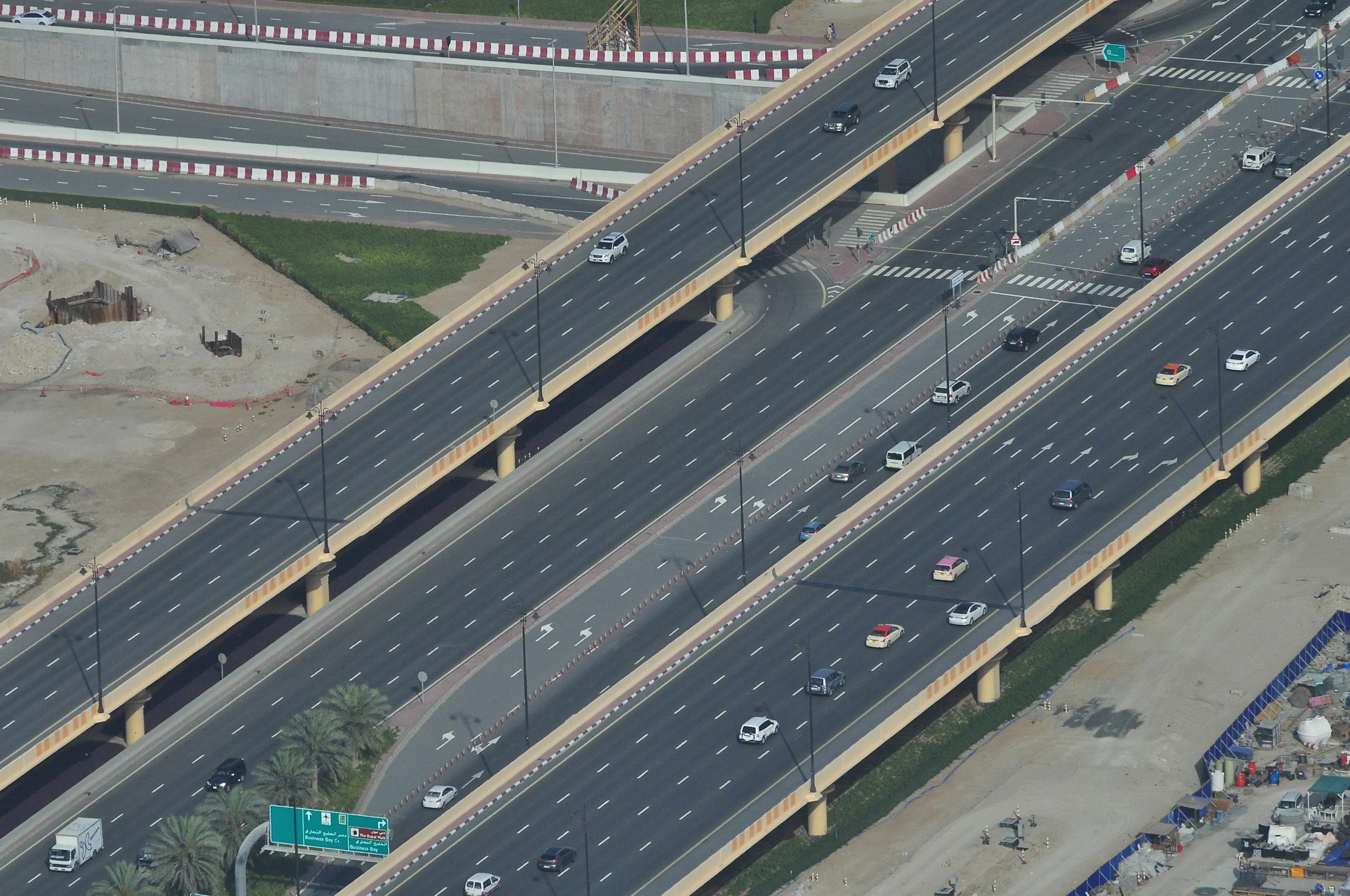
Case Study
DOT - NHTSA
Investigations & Recalls
The National Highway Traffic Safety Administration (NHTSA) is a branch of the U.S. Department of Transportation (DOT) responsible for investigating and overseeing vehicle safety recalls.
To empower consumers and manufacturers, NHTSA provides tools to report issues, monitor recalls, and access critical safety information. My role as a UX/UI designer was to focus on creating an intuitive, user-centered platform that facilitates seamless navigation of recall data and investigative processes for all stakeholders.
Important: This case study reflects my contributions to a project conducted under a strict Non-Disclosure Agreement (NDA). Specific details, data, and proprietary information have been omitted or generalized to uphold confidentiality agreements. The focus is on my process, methodologies, and impact while respecting the privacy of the client and the project stakeholders.
The Problem
NHTSA’s existing platform serves a wide array of users, including consumers, manufacturers, and investigators. However, the system faces several challenges:
Information Overload: Users struggle to find relevant recall or investigation data in the dense, text-heavy interface.
Inefficient Workflows: The reporting and follow-up processes for recalls and investigations are cumbersome, leading to user frustration and delays.
Lack of Personalization: The platform does not offer tailored experiences for diverse user groups, such as manufacturers versus individual vehicle owners.
To address these issues, the platform requires a redesign to streamline workflows, enhance data presentation, and improve user engagement across all stakeholder groups.
The Approach - Agile Methodology
I collaborated closely with government stakeholders, including regulatory experts and safety engineers, to align design goals with NHTSA's mission of saving lives and preventing vehicle-related injuries.
Human-Centered Design Solutions
I facilitated design workshops with cross-functional teams to gather insights and prioritize features that enhanced usability and accessibility.
I introduced modular and scalable design patterns that accommodated future data and feature expansion without overwhelming users.
I integrated accessibility 508 compliant features such as screen reader compatibility, high-contrast modes, and keyboard navigation.
Iterative Development and Testing
I worked in Agile sprints to deliver incremental improvements, ensuring each iteration is tested with real users for feedback and refinement.
I partnered with developers to validate that designs met technical feasibility while maintaining the integrity of the user experience.

Takeaways
By understanding the needs of all users—from consumers reporting issues to manufacturers managing recalls—I design experiences that empower users to act confidently and efficiently.
Scalability Meets Simplicity: Modular design systems allow the platform to evolve over time while remaining user-friendly and intuitive.
Data-Driven Design: Thoughtful data visualization enhances user understanding, enabling informed decisions that support vehicle safety.
Collaboration Drives Excellence: Strong partnerships with government stakeholders and cross-functional teams result in solutions that balance regulatory requirements with user needs.
This project underscores my ability to design platforms that transform complex processes into seamless, impactful experiences, aligning with organizational missions to improve safety and user engagement.
